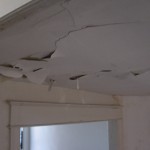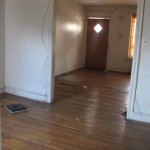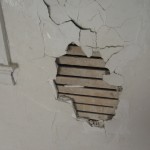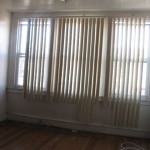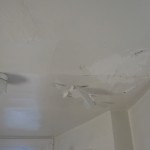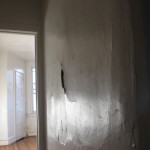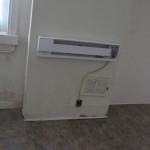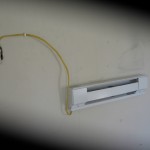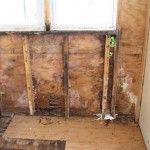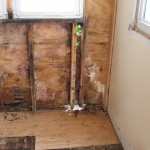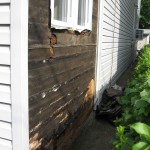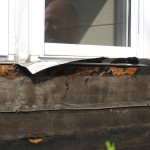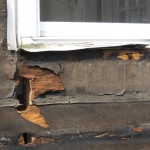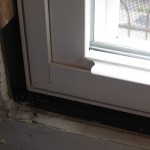One of the things that distinguishes a higher-end remodeling project from a lower-end one is the products that are used.
Typically, a less-expensive project will use cheaper products. Many times, these cheaper products will not last as a long as higher-priced ones. If you think about it, you can purchase cheaper products two or three times over within the same time frame that a more expensive product would last.
Another thing to remember is that cheaper products will typically pollute more than more expensive ones. An example of this is vinyl siding. The case against vinyl siding is illustrated nicely in this video clip from the documentary Blue Vinyl.
Vinyl siding is not recyclable. It pollutes when it’s made — and later when it’s removed and goes to the dump. No one else will tell you this. The guy selling vinyl siding door-to-door in your neighborhood is certainly not going to tell you this. He will tell you it’s a green product that insulates your home. He wants to sell vinyl siding, a lot of it.

